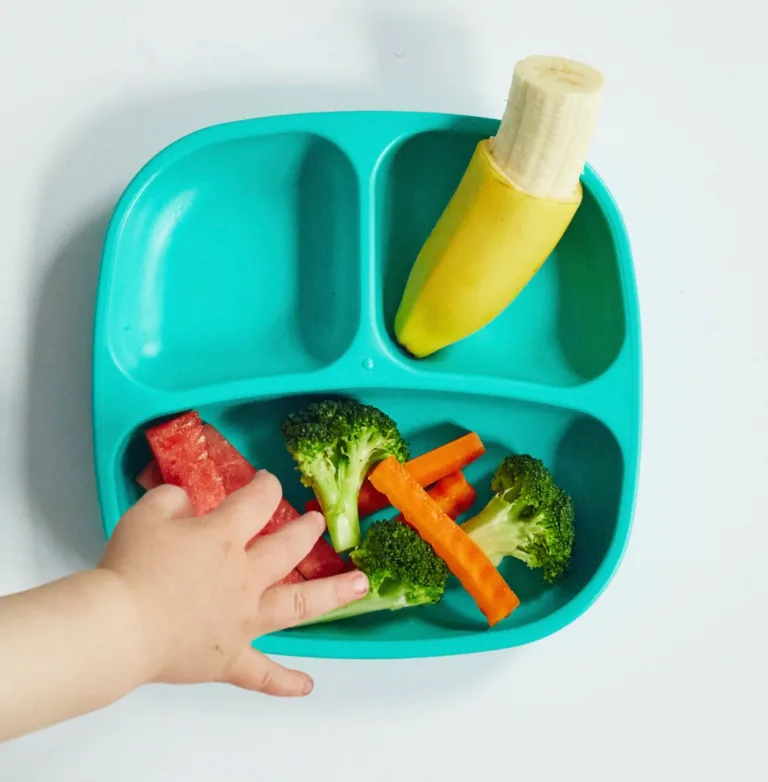Chestfeeding for Trans and Non-binary Parents Breakthrough this 2023
For a bigender person who is considering starting a family, can be challenging due to societal discrimination and reproductive barriers. However, there are various family-building options available, like insemination, gestational carriers, IVF, and adoption.
To nurture the baby, one of the options available is chestfeeding for trans and non-binary parents. While this may seem like a daunting prospect, it is important to explore all the options available to trans and non-binary parents.
Chestfeeding for trans and non-binary parents can be a viable option for those who want to have a more intimate feeding experience with their child, and it can also be a way to affirm one’s gender identity.
However, there are various considerations that trans parents need to take into account before deciding if chestfeeding for trans and non-binary parents is right for them. These include the ability to produce milk, potential difficulties with latching, and the risk of mastitis while binding and chestfeeding.

It is important to seek out support resources and consult with healthcare providers to make informed decisions about chestfeeding for trans and non-binary parents. In this article, we will explore the options and considerations for trans parents who are considering chest feeding, and provide information on resources that can help make this experience as positive as possible.
Key Takeaways
– Chestfeeding for trans and non-binary parents can be achieved through inducing lactation, but not all trans/non-binary parents can produce milk and may need to supplement with formula.
– The extent of breast tissue removed and time since surgery can affect milk production after top surgery.
– Skin-to-skin contact is important for bonding, but taking testosterone while chestfeeding can affect milk production and harm the baby.
– Support and resources are available from healthcare providers, organizations, and online communities for trans parents considering chestfeeding.
Definition and Feasibility
Considering chestfeeding as a trans parent? You have the option to feed your baby using your chest instead of your breasts. Remember, it’s a personal decision and you can change your mind at any time.
Chestfeeding is a term used to describe the act of feeding a baby with milk produced from the chest, regardless of whether the person has undergone hormone therapy or surgery. It’s a feasible option for trans and non-binary parents who want to experience the bonding and nurturing benefits of breastfeeding.

Chestfeeding for trans and non-binary parents can be achieved through inducing lactation, which involves stimulating the chest to produce milk. However, it’s important to note that not all trans parents will be able to produce milk, and some may need to supplement with formula.
It’s also possible to chestfeed after top surgery, although the amount of milk produced may be limited. It’s important to consult with a healthcare provider about the potential risks and benefits of chestfeeding for trans and non-binary parents, especially if taking testosterone while chestfeeding.
Chestfeeding for Trans and Non-binary Parents for Post-Top Surgery Possibilities
After undergoing top surgery, it’s important to discuss the possibility and potential challenges of feeding a baby with your healthcare provider.
Some trans and non-binary parents may still have the ability to breastfeed after top surgery, while others may not. The extent of breast tissue removed during surgery and the length of time since the surgery can affect milk production.
It’s also important to consider the potential difficulty for the baby to latch onto the chest and the need for supplementary feeds if milk production is insufficient.

For those who are able and choose to chestfeed after top surgery, it’s important to prioritize skin-to-skin contact to promote bonding and comfort. However, it’s also important to consult with a healthcare provider about the safety of taking testosterone while chestfeeding for trans and non-binary parents, as it can affect milk production and potentially harm the baby.
Binding while chestfeeding for trans and non-binary parents can also increase the risk of mastitis, so it may be necessary to find alternative methods of binding or take breaks from binding to prevent this.
Overall, it’s important to discuss all options and potential challenges with a healthcare provider to make an informed decision about chestfeeding after top surgery.
Support and Resources
One can find support and resources for feeding a baby as a trans or non-binary parent by reaching out to healthcare providers and organizations such as Brighton and Sussex University Hospitals Gender Inclusion and La Leche League GB. These resources can provide guidance on chestfeeding, including information on milk production and latching, as well as tips for managing any discomfort or potential issues such as mastitis.
In addition to healthcare providers and organizations, it can also be helpful to connect with other trans and non-binary parents who have experience with chestfeeding. Online communities and social media groups can provide a supportive network for sharing advice and experiences. Remember, chestfeeding is a personal decision and it is important to prioritize your own physical and emotional well-being, as well as the needs of your baby. With the right support and resources, chestfeeding for trans and non-binary parents can be a fulfilling and rewarding experience.
| Resource | Description | Contact Information | |
|---|---|---|---|
| Brighton and Sussex University Hospitals Gender Inclusion | Provides gender-affirming care for trans and non-binary patients, including support for chestfeeding | [https://www.bsuh.nhs.uk/gender-identity-clinic/](https://www.bsuh.nhs.uk/gender-identity-clinic/) | |
| La Leche League GB | Offers breastfeeding support and resources for all parents, including those who chestfeed | [https://www.laleche.org.uk/](https://www.laleche.org.uk/) | |
| Transgender Health Program | Provides healthcare services and resources for the transgender community, including support for chestfeeding | [https://transhealth.ucsf.edu/services/chestfeeding](https://transhealth.ucsf.edu/services/chestfeeding) | |
| Human Milk Banking Association of North America | Offers information on milk donation and milk banks for parents who may need supplementary feeds | [https://www.hmbana.org/](https://www.hmbana.org/) | This organization also provides resources and support for healthcare professionals and researchers in the field of human milk and breastfeeding. |
Frequently Asked Questions
Is chestfeeding always a feasible option for trans/non-binary parents, or are there certain medical conditions that may prevent it?
I understand that chestfeeding for trans and non-binary parents may not always be feasible due to certain medical conditions. It’s important to have an open and honest conversation about individual circumstances and explore all available options.
How does chestfeeding affect hormone therapy for trans parents?
Chestfeeding for trans and non-binary parents while on hormone therapy is possible, but requires consultation with a healthcare provider. Testosterone can reduce milk production and binding can increase the risk of mastitis. Skin-to-skin contact is important for bonding. Supplementary feeds may be necessary.
What are some common challenges that trans/non-binary parents may face when chestfeeding, and how can they be addressed?
As chestfeeding for trans and non-binary parents, challenges may include uncertainty in milk production and difficulty with latching. Consult with a healthcare provider about taking testosterone while chestfeeding and utilize support resources for comfort and bonding. Supplementary feeds may be necessary.
Are there any legal or societal barriers that trans/non-binary parents may encounter while chestfeeding, and how can they navigate these obstacles?
As a trans parent, legal and societal barriers may arise while chestfeeding. It’s important to be aware of your rights and seek support from healthcare providers and advocacy groups. Education and visibility can help break down these barriers.
How can non-trans partners and other family members support trans/non-binary parents who are chestfeeding?
As a non-trans partner or family member, I can support chestfeeding by being understanding and respecting the individual’s decision. I can offer help with household tasks, provide emotional support, and encourage seeking resources for lactation support or gender-inclusive breastfeeding groups.







